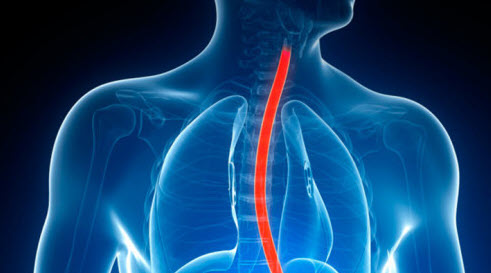Posted By:
 Denise Clark
Denise ClarkCategory:
Clinical Nutrition
Eosinphilic esophagitis (EoE) has historically been known as a rare allergic condition. However, it is becoming increasingly more common and can occur at any age, from infants to adults. It can manifest with mild symptoms such as occasional difficulty swallowing, throat pain, vomiting, and more serious incidents of food impaction in the esophagus. In this post we'll discuss the symptoms of EoE, how it's diagnosed, and the effectiveness of different treatment options including natural options. What is Eosinphilic Esophagitis? Eosinophilic esophagitis is a chronic allergy condition characterized by symptoms of esophageal reflux, nausea, stomach pain, and sometimes vomiting. It is diagnosed when an excessive amount of eosinophils are found in esophageal tissue. In recent years, EoE has emerged as a common cause of upper gastrointestinal (GI) tract problems in both children and adults. What are Eosinophils? Eosinophils are white blood cells that are made in the bone marrow and circulate through blood vessels for 8-12 hours. After circulating, eosinophils migrate into a tissue, where they remain for 1-2 weeks. The Role of Eosinophils Eosinophil contain around 200 large granules of enzymes and proteins, which break open and release their toxic contents when the eosinophil is activated. Their function is to...


